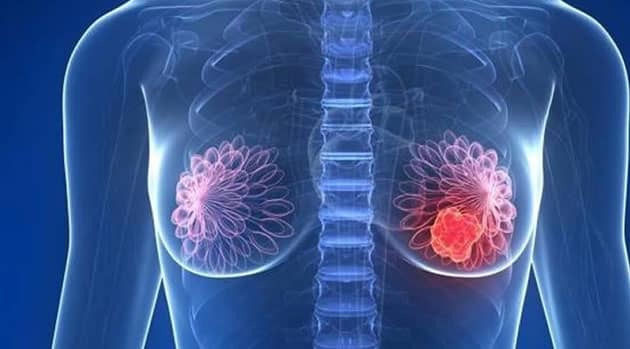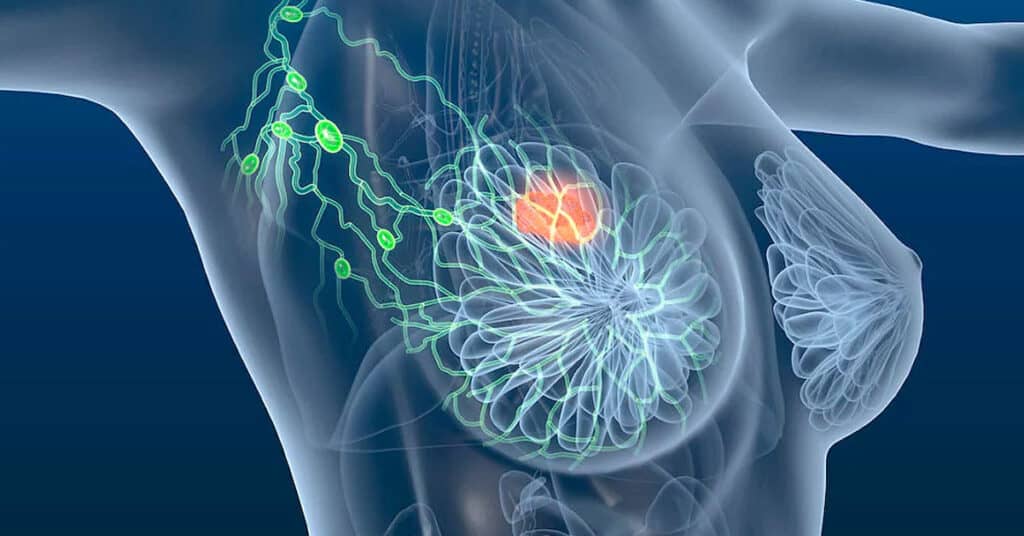
AI-Assisted Diagnosis Identifies 13 New Types of Breast Cancer
In recent years, Artificial Intelligence (AI) has revolutionized medicine, bringing significant advances in early and personalized disease diagnosis. One of the most recent and impactful developments is the discovery of 13 new types of breast cancer through AI-assisted diagnostics. This breakthrough promises to radically change the approach to treating this disease, improving survival rates and patient quality of life.
The Role of Artificial Intelligence in Breast Cancer Diagnosis
How Is AI Transforming Diagnostic Medicine?
AI has become an indispensable tool in the medical field, particularly in analyzing large volumes of data, where precision and speed are crucial. In oncology, AI helps identify patterns in tests, such as mammograms and biopsies, that traditional methods might overlook.
The Process of Discovering the 13 New Types
A team of scientists used deep learning algorithms to analyze thousands of breast tissue samples. These algorithms were trained to detect microscopic anomalies by cross-referencing genetic, molecular, and histological data. This process led to the identification of 13 previously unknown subtypes of breast cancer, each with unique characteristics in terms of progression, prognosis, and response to treatment.
Characteristics of the New Types of Breast Cancer

What Sets These Subtypes Apart?
Each of the new breast cancer subtypes exhibits differences in three main areas:
- Genetics: Some variants are linked to specific mutations, which may indicate higher or lower aggressiveness.
- Prognosis: Certain subtypes have higher survival rates when treated appropriately.
- Personalized Treatments: AI enables more targeted treatments tailored to the unique characteristics of each subtype.
Impact on Medical Practice
With the discovery of these new types, doctors can now provide more precise diagnoses and propose individualized therapeutic strategies. This advancement can reduce diagnostic errors and avoid unnecessary or inadequate treatments.
Benefits of AI in Breast Cancer Diagnosis
Early Detection and Error Reduction
AI can identify cancer signs at very early stages, when treatment options are more effective. Furthermore, reducing diagnostic errors contributes to greater confidence in the healthcare system and better outcomes for patients.
Treatment Personalization
With a more detailed classification of subtypes, treatments can be adjusted to be less invasive and more effective. For example, patients with less aggressive tumors may avoid chemotherapy, benefiting from less intensive alternatives.

Challenges and Next Steps
Barriers to Implementation
Despite clear benefits, implementing AI-assisted diagnostics faces some challenges, such as:
- High costs: Advanced technology requires significant investments.
- Professional training: Doctors and technicians need to be trained to interpret AI-generated results.
- Regulation: Ensuring algorithms are ethical and safe is a top priority.
The Future of Oncology with AI
The integration of AI in oncology is just beginning. With more research and development, new types of cancer and treatment patterns are expected to be discovered, benefiting millions of patients worldwide.
Conclusion
The discovery of 13 new types of breast cancer through AI-assisted diagnostics marks a historic milestone in the fight against this disease. This progress highlights the transformative potential of artificial intelligence in medicine, from more accurate diagnoses to personalized treatments.
As the challenges of implementation are addressed, continued investment in technology, training, and regulation will be essential to maximize the benefits of this medical revolution. The future of oncology is promising, and AI will undoubtedly be one of the most powerful tools in building more effective and humane healthcare systems.
AI-Assisted Diagnosis Identifies 13 New Types of Breast Cancer – https://pmc.ncbi.nlm.nih.gov/articles/PMC10625863/




Pingback: Artificial Intelligence in Healthcare - VarietyWeb